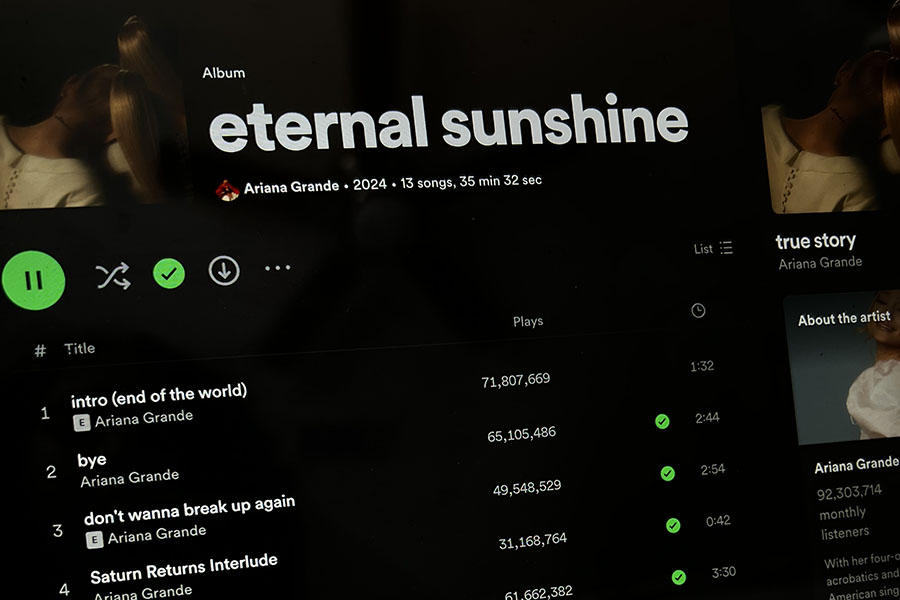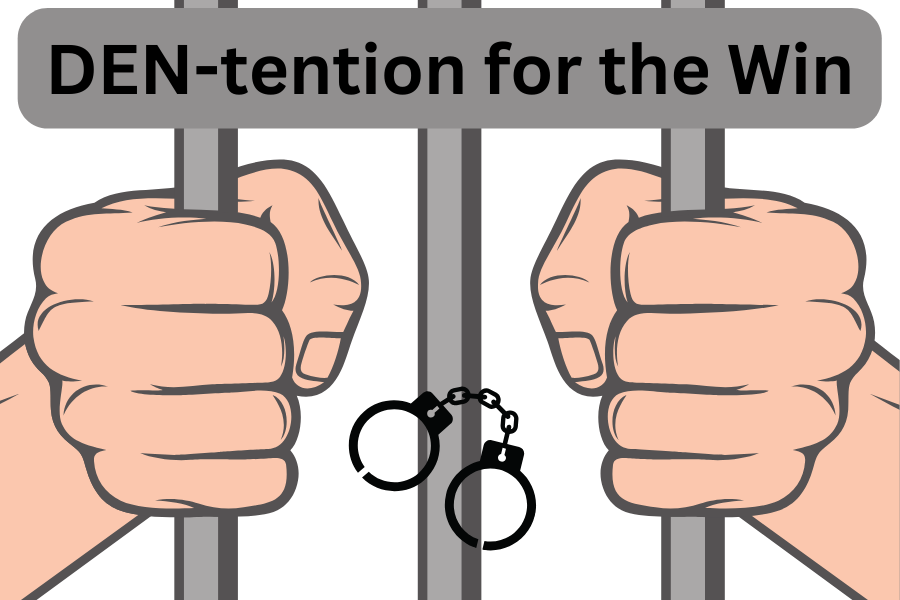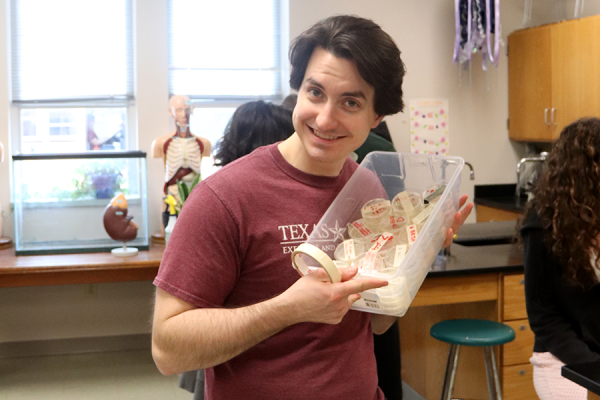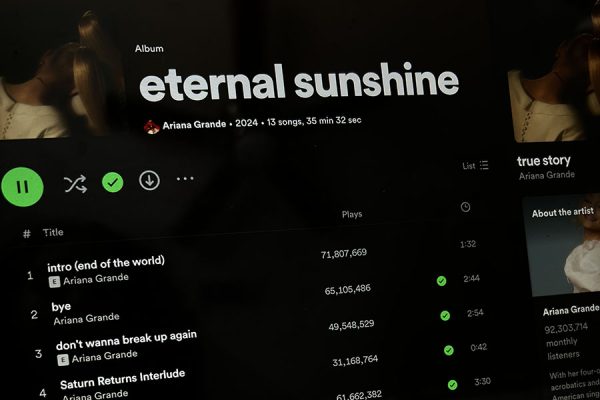The Current State of Climate Change
Updating Our Understanding of The Planet
Photo by Bill Oxford on Unsplash
Many countries have already made pledges to reduce their carbon footprint. In this year’s upcoming Glasgow conference, world leaders will discuss their plans to reduce their respective countries carbon footprint, according to the United Nations. And, according to Forbes, the world needs to reduce carbon footprint by 45% by 2030.
March 24, 2021
Despite what some may say or believe, climate change is real. And if the past 14 months have taught me anything, it’s that if a large threat is left unchecked, it can have disastrous consequences. That’s why it’s important to monitor climate change and its effects on our environment. More importantly, find a plan to handle this issue before it gets more out of hand.
That’s exactly what world leaders did at the UN general assembly in September 2020, according to BBC. World superpowers, such as China, a country that produces 28% of all greenhouse gases, have made a pledge to become carbon neutral by 2060. Additionally, 110 different countries also made plans for cutting back on emissions. BBC has stated that in total these countries represent 65% of carbon emissions.

While these declarations of change sound promising, until actual plans and details are released, there is no way to know for sure whether or not these changes will happen. According to Climate.gov, global temperatures have risen by about 0.13 degrees Fahrenheit per decade since 1880. They also stated that 2019 was the second warmest year to date.
But what does this mean for us? And why should we be worried? While the ice caps are the most well known consequences, they are just one of several devastating effects climate change will bring about. According to Nasa, increased temperatures will also mean hotter and more frequent heatwaves, which will have drastic effects on agriculture and ecosystems. In addition, warm weather will act as a catalyst for level four or even five hurricanes. These tropical storms are well known for their power to cause devastation across coastal cities all across the nation. Hurricane Harvey and hurricane Florence are just two examples of hurricanes directly caused by an increase in water temperature due to climate change, according to C2ES.
Still, there is still hope for the world to recover. As stated by Forbes, renewable energy is now the cheapest energy option. Previously renewable energy while effective, failed to draw in investors due to its high maintenance and installation cost. However, both solar and wind installments are now able to outcompete existing coal-powered plants. New developments have allowed wind and solar to be cheaper than fossil fuels in many cases. So cheap in fact, that while coal costs about $64.55 per kilowatt hour; a single wind plant can have operating costs of only $32.11 per kilowatt hour, according to Meic.
Progress like this is good news, but the struggle is still far from over. According to Price Foil, annual carbon emissions need to be reduced by 7.6% each year from 2020 to 2030. Moreover, renewable energy plants especially wind and solar require large amounts of land and proper siting in order to be effective, according to UCUSA. In addition, many of the nation’s power grids were meant to only accommodate fossil and coal which means more time, money and resources to make the switch.
All of this begs the question, what can we do as individuals right now that will have a lasting effect on our carbon footprint? The short answer would be to stop using up so much of everything. Americans count for 4% of the world’s population, but 12% of the world’s waste, making us one of the most wasteful countries in the world according to the NRDC. the New York Times suggests traveling less, cutting back on meat and dairy products, and turn off your in home appliances when they are not in use; these are just a few small changes that can keep keep our planet safe.




![Walking through the tunnel created by the cheerleaders and Celebrities, senior Frances Tran smiles as the soccer team is sent off during DEN for their playoff game against Rouse tonight. Tran said the wins against Smithson Valley and Alamo Heights gave the team a morale boost to take on the Raiders tonight. “I know we were not 100% confident in those games,” Tran said. “But, Rouse is a big opponent for sure. We’re definitely going into tonight with a lot of morale [because of the previous wins].”](https://cphswolfpack.com/wp-content/uploads/2024/04/frances-tran.jpg)



![Holding a bucket of materials in one hand and a roll of tape in another, anatomy and biology teacher Tyler Terry prepares for a lab. Terry said his proudest moments are when his students are happy to see him. “When I take my wife to a football game or something and a bunch of students want to say hi to me or they like to smile and wave and it just makes me feel good that the students are really kind and supportive of me,” Terry said. “[I’m also] proud when I see students perform really well in their extracurriculars because I can see how hard they’re working in my classes, [so] when I see that they’re also working so hard in other things. Like they’re winning band competitions or they’re getting awards for their theater productions, or I see them put on their choir shows, that’s like, wow, you guys are incredible.”](https://cphswolfpack.com/wp-content/uploads/2024/04/Rags-6.png)



![Catching a ball, junior Alivia Robinson plays at the Cedar Park vs Glenn game. Having played since she was 5 years old, she is dedicated to softball and has committed to UTPB for softball. “When I got my offer it took me a very long time to decide where,” Robinson said. “Softball has always been my dream for college, and UTPB is my fit. When [I committed] I knew I was going to be loved and supported.”](https://cphswolfpack.com/wp-content/uploads/2024/04/Lilly-Adams-3.13aliviaedit-901.jpg)































![Holding her dog, Nova, senior Ariana Balakrishnan poses for her senior pictures while Nova wears a bandana with her college decision. Balakrishnan applied to 18 colleges in total, but she decided on Columbia in the end. “Right before I clicked the button to open Columbia’s letter, I literally looked at the camera and go ‘This is just gonna really suck because I wanted it so bad,’ and I clicked it and all of a sudden you hear trumpets,” Balakrishnan said. “There’s a video that plays when you open it and I actually didn’t watch the video, I just watched the screen go black, because every day of December before ED [Early Decision] I would go on YouTube and watch the acceptance video to manifest it, so immediately when the screen went black, I started screaming and jumping up and down. And my parents in the video are like ‘What are you doing, where’s the letter,’ and I was just screaming ‘I got in, I got in.” I just started crying, and it just felt like everything in the world came together.”](https://cphswolfpack.com/wp-content/uploads/2023/04/ariana-2-300x217.jpg)


![Catching a ball, junior Alivia Robinson plays at the Cedar Park vs Glenn game. Having played since she was 5 years old, she is dedicated to softball and has committed to UTPB for softball. “When I got my offer it took me a very long time to decide where,” Robinson said. “Softball has always been my dream for college, and UTPB is my fit. When [I committed] I knew I was going to be loved and supported.”](https://cphswolfpack.com/wp-content/uploads/2024/04/Lilly-Adams-3.13aliviaedit-901-600x400.jpg)




